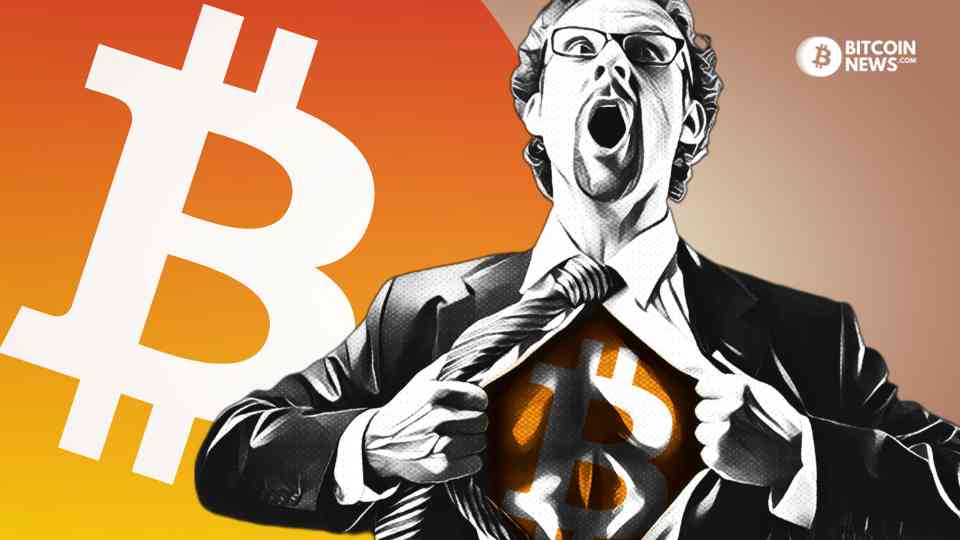This article was originally published by Daniel Solana on his Substack “Bitcoin in Action.” It is republished in slightly edited form, with author’s permission.
Inflation and currency devaluation are economic risks that have a significant impact on people’s financial well-being. Inflation occurs when the general price level of goods and services in an economy increases, reducing the purchasing power of the currency. Currency devaluation occurs when a government reduces the value of its currency relative to other currencies, typically through monetary policies like printing more money. Both of these risks can erode the value of people’s savings and investments, making it challenging to plan for the future. However, bitcoin has emerged as a potential hedge against these risks.
Bitcoin is the first truly decentralized digital currency that operates on a peer-to-peer network without the need for a central authority. Unlike traditional currencies, which are subject to government control and monetary policies from central banks, Bitcoin’s supply is limited and predetermined by its underlying algorithm. This means that the currency cannot be manipulated by governments or central banks, making it a potential hedge against inflation and currency devaluation.
One way that bitcoin protects against inflation is by acting as a store of value. Because Bitcoin’s supply is limited, its value is not subject to the same inflationary pressures as traditional currencies. This means that as the general price level of goods and services in an economy increases, the value of bitcoin increases as well. This makes bitcoin an attractive option for people looking to protect their savings against inflation.
Another way that bitcoin can protect against currency confiscation is by providing a way to hold assets outside of a government’s control. When a government devalues its currency, it can significantly impact people’s purchasing power: as savings and investments lose value, nation-states are sometimes forced to apply exchange controls against other currencies, and even taking people’s foreign currencies stored in the same country. However, because bitcoin operates on a decentralized network, it is not subject to government control or manipulation people can hold their assets in bitcoin as a way to protect against currency confiscation.
Assuming that someone invested $1,000 in bitcoin every year on January 1st starting from 2010, here’s how much they would have today (as of March 5th, 2023). Pick the year you first heard about bitcoin and then calculate how much you would have been able to buy with $1,000 and test the theory for yourself.
- January 1st, 2010: Bitcoin price was $0.001. $1,000 would have bought 1,000,000 BTC.
- January 1st, 2011: Bitcoin price was $0.31. $1,000 would have bought 3,225 BTC.
- January 1st, 2012: Bitcoin price was $5.27. $1,000 would have bought 189 BTC.
- January 1st, 2013: Bitcoin price was $13.40. $1,000 would have bought 74.63 BTC.
- January 1st, 2014: Bitcoin price was $770.44. $1,000 would have bought 1.30 BTC.
- January 1st, 2015: Bitcoin price was $313.92. $1,000 would have bought 3.18 BTC.
- January 1st, 2016: Bitcoin price was $431.76. $1,000 would have bought 2.31 BTC.
- January 1st, 2017: Bitcoin price was $998.33. $1,000 would have bought 1.00 BTC.
- January 1st, 2018: Bitcoin price was $13,412.44. $1,000 would have bought 0.07 BTC.
- January 1st, 2019: Bitcoin price was $3,764.94. $1,000 would have bought 0.27 BTC.
- January 1st, 2020: Bitcoin price was $7,196.17. $1,000 would have bought 0.14 BTC.
- January 1st, 2021: Bitcoin price was $29,374.15. $1,000 would have bought 0.03 BTC.
- January 1st, 2022: Bitcoin price was $47,037.07. $1,000 would have bought 0.02 BTC.
- March 5th, 2023: Bitcoin price is $16,649. $1,000 would buy 0.018 BTC.
So, if someone had acquired $1,000 in bitcoin every year on January 1st, starting in 2010, and held onto their investment until today (March 5th, 2023), they would have a total of approximately 1,003,496.968 BTC, which, at a bitcoin price of $22,000 would be worth approximately $22,076,933,296. Compare that to someone “saving” that money in currency: $13,000, minus the loss of purchasing power from inflation.
However, it’s important to note that this is a hypothetical scenario, and very, very challenging to endure without selling all or some coins during these periods. Furthermore this scenario includes the very early years of bitcoin when it was barely heard of and worth virtually zero USD. Additionally, investing in bitcoin carries significant risks if you don’t know how to store your coins and it’s essential to do your own research and understand the potential risks before investing.
In conclusion, bitcoin has emerged as a potential hedge against inflation and currency devaluation. By offering a decentralized digital currency that is not subject to government control, it provides a way to protect against economic risks that can erode the value of people’s savings.
Still, it’s important to remember that bitcoin is a new and volatile asset, and it may not be suitable for everyone. As with any investment, it’s essential to do your research and understand the risks before investing in bitcoin.





